Sodium aluminate
Modify Date: 2024-01-03 17:58:59

Sodium aluminate structure
|
Common Name | Sodium aluminate | ||
|---|---|---|---|---|
| CAS Number | 1302-42-7 | Molecular Weight | 165.95600 | |
| Density | 1.5 g/cm3 | Boiling Point | N/A | |
| Molecular Formula | Al2Na2O4 | Melting Point | 1800°C | |
| MSDS | N/A | Flash Point | N/A | |
| Name | sodium aluminum oxide |
|---|---|
| Synonym | More Synonyms |
| Density | 1.5 g/cm3 |
|---|---|
| Melting Point | 1800°C |
| Molecular Formula | Al2Na2O4 |
| Molecular Weight | 165.95600 |
| Exact Mass | 165.93800 |
| PSA | 43.37000 |
| Index of Refraction | 1.566 |
| Storage condition | -20°C |
| Stability | Stable. Reacts exothermically with water. Incompatible with strong oxidizing agents. |
|
Section 1: Product Identification Chemical Name:Sodium aluminate, contains approx. 8% H2O (99.9%-Al) CAS Registry Number:1302-42-7 Formula:NaAlO2 EINECS Number:215-100-1 Chemical Family:inorganic compound Synonym:Aluminum sodium oxide
Section 2: Composition and Information on Ingredients IngredientCAS NumberPercentACGIH (TWA)OSHA (PEL) Title Compound1302-42-790%no datano data Section 3: Hazards Identification Emergency Overview:Corrosive to eyes, skin and respiratory tract. May be harmful if swallowed Primary Routes of Exposure:Ingestion, inhalation Eye Contact:Causes burns to the eyes. Skin Contact:Causes burns to the skin. Inhalation:Corrosive to the nose, mucous membranes and respiratory tract. Ingestion:No information on the physiological effects of ingestion. Acute Health Affects:Corrosive to skin, eyes and respiratory tract. Chronic Health Affects:No information available on long-term chronic effects. NTP:No IARC:No OSHA:No SECTION 4: First Aid Measures Immediately flush the eyes with copious amounts of water for at least 10-15 minutes. A victim may need Eye Exposure: assistance in keeping their eye lids open. Get immediate medical attention. Wash the affected area with water. Remove contaminated clothes if necessary. Seek medical assistance if Skin Exposure: irritation persists. Remove the victim to fresh air. Closely monitor the victim for signs of respiratory problems, such as difficulty Inhalation: in breathing, coughing, wheezing, or pain. In such cases seek immediate medical assistance. Seek medical attention immediately. Keep the victim calm. Give the victim water (only if conscious). Induce Ingestion: vomiting only if directed by medical personnel. SECTION 5: Fire Fighting Measures Flash Point:not applicable Autoignition Temperature:none Explosion Limits:none Extinguishing Medium:none required If involved in a fire, fire fighters should be equipped with a NIOSH approved positive pressure self-contained Special Fire Fighting Procedures: breathing apparatus and full protective clothing. Hazardous Combustion andNone Decomposion Products: Unusual Fire or Explosion Hazards: No unusual fire or explosion hazards. SECTION 6: Accidental Release Measures Spill and Leak Procedures:Small spills can be mixed with powdered sodium carbonate or ground limestone and swept up. SECTION 7: Handling and Storage Handling and Storage:Store material in a tightly sealed bottle away from moisture. SECTION 8: Exposure Controls and Personal Protection Eye Protection:Always wear approved safety glasses when handling a chemical substance in the laboratory. Skin Protection:Wear protective clothes and gloves. Consult with glove manufacturer to determine the proper type of glove. Ventilation:If possible, handle the material in an efficient fume hood. In the absence of adequate ventilation a respirator should be worn. The use of a respiratory requires a Respirator: Respirator Protection Program to be in compliance with 29 CFR 1910.134. Ventilation:If possible, handle the material in an efficient fume hood. Additional Protection:No additional protection required. SECTION 9: Physical and Chemical Properties Color and Form:white pwdr. Molecular Weight:81.97 Melting Point:1800° Boiling Point:no data Vapor Pressure:no data Specific Gravity:no data Odor:none Solubility in Water:soluble SECTION 10: Stability and Reactivity Stability:hygroscopic Hazardous Polymerization:no hazardous polymerization Conditions to Avoid:none Incompatibility:Active metals Decomposition Products:none SECTION 11: Toxicological Information RTECS Data:No information available in the RTECS files. Carcinogenic Effects:none Mutagenic Effects:none Tetratogenic Effects:none SECTION 12: Ecological Information Ecological Information:No information available SECTION 13: Disposal Considerations Disposal:Dispose of according to local, state and federal regulations. SECTION 14: Transportation Shipping Name (CFR):Sodium aluminate, solid Hazard Class (CFR):8 Additional Hazard Class (CFR):NA Packaging Group (CFR):III UN ID Number (CFR):UN# 2812 Shipping Name (IATA):Sodium aluminate, solid Hazard Class (IATA):8 Additional Hazard Class (IATA):NA Packaging Group (IATA):III UN ID Number (IATA):UN# 2812 SECTION 15: Regulatory Information TSCA:Listed in the TSCA inventory. SARA (Title 313):Title compound not listed Second Ingredient:none SECTION 16 - ADDITIONAL INFORMATION N/A |
| Precursor 9 | |
|---|---|
| DownStream 1 | |
| Sodium Aluminate |
| EINECS 215-100-1 |
| Granular clay |
| sodiummetaaluminate |
| Dynagrout |
| Manfloc |
| NaAlO2 |
| Aluminate,sodium |
| SodiumaluminatecaHO |
| Dynaflock |
| Sodium metaaluminate |
| Natrium-Aluminat |
| MFCD00801010 |
| Amerfloc 2 |
 CAS#:1333-84-2
CAS#:1333-84-2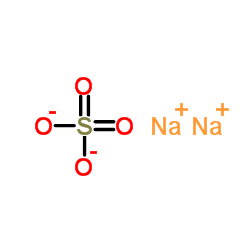 CAS#:7757-82-6
CAS#:7757-82-6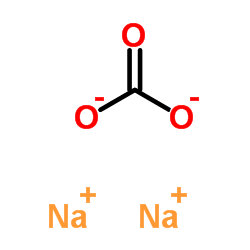 CAS#:497-19-8
CAS#:497-19-8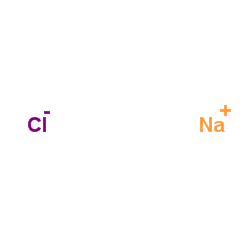 CAS#:7647-14-5
CAS#:7647-14-5 CAS#:792848-15-8
CAS#:792848-15-8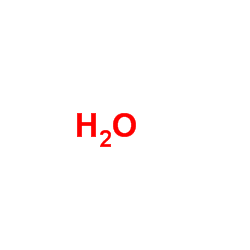 CAS#:7732-18-5
CAS#:7732-18-5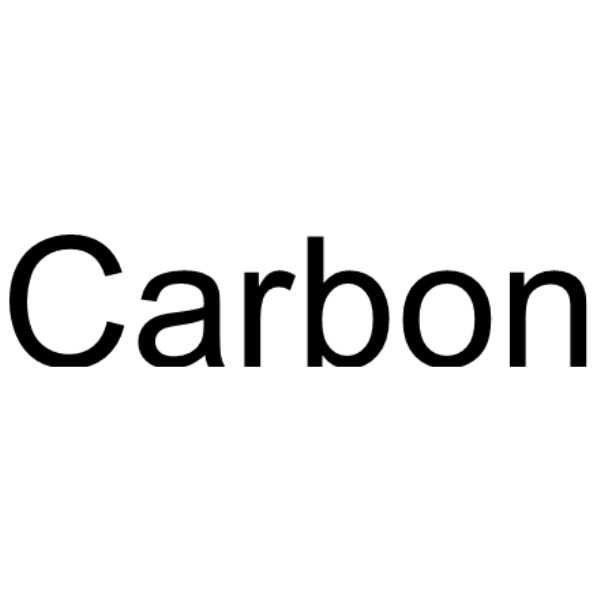 CAS#:7440-44-0
CAS#:7440-44-0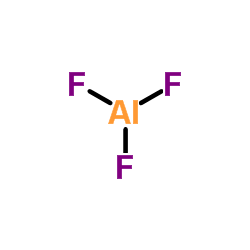 CAS#:7784-18-1
CAS#:7784-18-1 CAS#:13841-11-7
CAS#:13841-11-7 CAS#:7440-23-5
CAS#:7440-23-5
